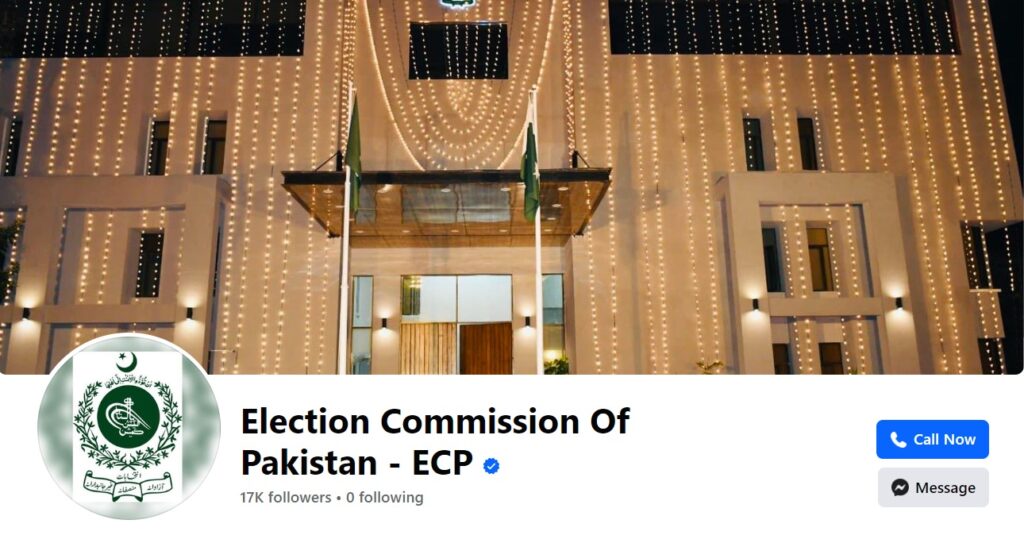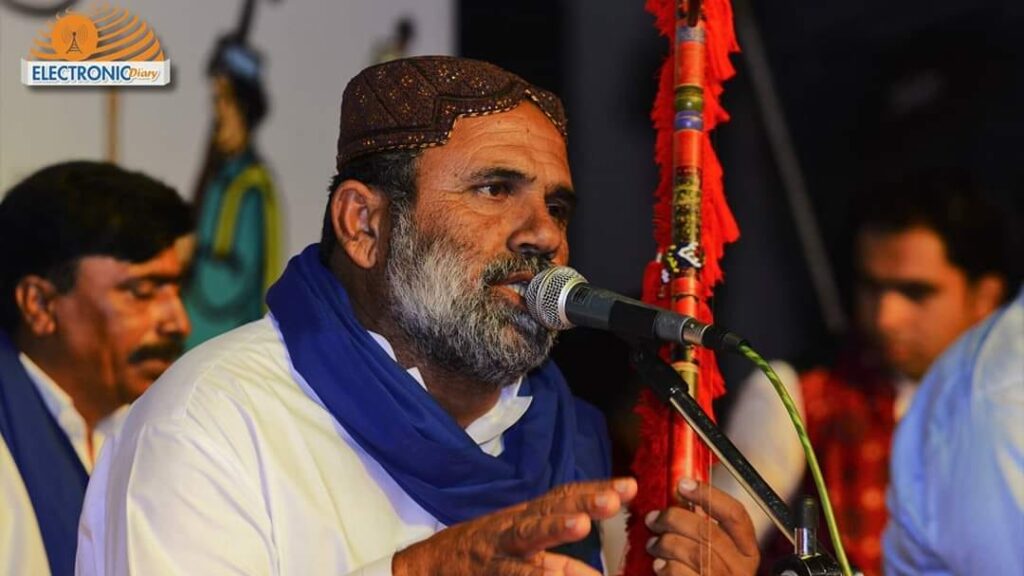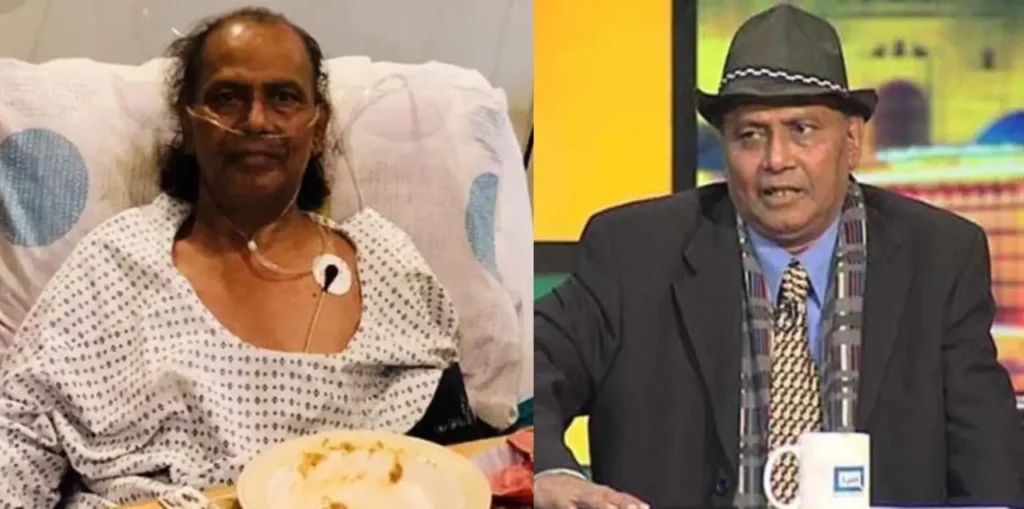The year 2024 is set to be pivotal for the South Asian subcontinent, with Pakistan, India, and Bangladesh gearing up for significant electoral exercises. Got independence from the British Raj on the same day (Bangladesh got it two times), these three nations, each with its unique political landscape, will witness the democratic fervour of millions as they exercise their right to vote and determine the course of their countries.
In Pakistan, the general elections slated for February 8, 2024, promise to be a momentous occasion. Adults aged 18 and above will cast their votes to elect a new National Assembly and four provincial assemblies. Including a substantial number of youth voters, especially those participating for the first time, adds a layer of anticipation and youthful energy to the political sphere. As political parties engage in the nomination process starting today (December 20), the dynamics of the election are expected to unfold against a backdrop of traditional alliances, potential seat adjustments, and a consistent electoral framework that, despite calls for reform, remains largely unchanged.
In neighbouring India, a nation known for its vibrant democracy, the electoral landscape in 2024 is marked by the general elections that will determine the composition of the Lok Sabha, the lower house of Parliament. Election in India will be held during April and May. The scale and diversity of India’s electorate make these elections a monumental event, with the voting process likely extending over several phases. Political parties are expected to engage in extensive campaigning to secure the support of a diverse electorate that spans urban centres, rural landscapes, and a myriad of cultural and linguistic identities. The outcome of the elections will shape the future direction of the world’s largest democracy. The ruling BJP will face a tougher time this time as the states’ polls in recent months have indicated growth in anti-BJP voters.
Meanwhile, in Bangladesh, the electoral stage is also set for significant political developments. The 2024 Bangladesh general elections are set to take place on January 7, 2024, the nation is poised for a democratic exercise that will influence the composition of the Jatiya Sangsad, the national parliament. As political actors strategize and campaign, Bangladesh faces a critical juncture in its democratic journey, grappling with issues of governance, development, and social progress.
Despite the unique contexts of Pakistan, India, and Bangladesh, common themes resonate across these electoral landscapes. Calls for inclusivity, representation of marginalized groups, and electoral reforms echo in the discourse of rights activists and civil society in each country. The role of technology and social media in shaping political narratives is increasingly pronounced, particularly with a rising young electorate that seeks to redefine the contours of political engagement.
As the three nations embark on this democratic journey, the eyes of the world will be on South Asia, watching how these elections unfold, anticipating the results, and reflecting on the impact they will have on the political, social, and economic trajectories of Pakistan, India, and Bangladesh. The democratic spirit inherent in these electoral processes underscores the resilience and vibrancy of the region, offering a glimpse into the complex and multifaceted tapestry of South Asian politics. The outcomes of these elections will not only shape the governance of these nations but will also contribute to the ongoing narrative of democratic evolution in the region and beyond.
Pakistan 2024 Elections: Old Wine in New Bottle
In the heart of South Asia, where history and politics entwine, Pakistan is poised for a significant chapter in its democratic journey. On February 8, 2024, the nation’s adults, aged 18 and above, will wield their power at the polls, casting their votes to shape the future composition of the National Assembly and the four provincial assemblies. This election, however, carries an extra layer of significance as a substantial number of young voters will participate for the very first time, injecting a sense of novelty and enthusiasm into the political landscape.
The countdown to this electoral spectacle begins on December 20, marking the initiation of the nomination process. A symphony of political manoeuvring will unfold as parties engage in an intricate dance with their constituencies, endeavouring to secure voter allegiance and define their narrative until the final crescendo on February 6. While anticipations swirl regarding potential new political alliances and seat adjustments, the overarching structure of the election process appears to adhere to its traditional patterns, with no seismic shifts in electoral reforms.
Exclusion of marginalised
As the political stage is set for the grand performance, an undercurrent of discontent resonates among rights activists and workers’ organizations. Their collective demand for increased representation in the Parliament echoes through the air, challenging the status quo where only the affluent and elite find themselves able to compete in elections. The financial burdens associated with electioneering render it a privilege only the economically endowed can afford. Despite legal provisions that secure fixed seats for women and minorities through a post-election process, a notable gap exists, leaving workers, peasants, and lower-income groups without reserved representation.
This electoral void spotlighted the need for comprehensive reforms that dismantle the economic barriers restricting the voices of the marginalized. Advocates for electoral justice argue for the establishment of reserved seats for workers and peasants, similar to the Parliament of Nepal, a rallying call gaining momentum within civil society and grassroots movements alike. The question looms large: will the representatives elected truly mirror the diverse socioeconomic tapestry of the nation?
One noteworthy feature of the current electoral landscape is the opportunity it affords political party leaders to nominate their workers. However, in a surprising turn of events, not a single party chief has opted to exercise this right. The consequences are stark — a significant portion of the populace, comprised of the poor and lower social classes, finds itself excluded from the corridors of parliamentary power.
Use of Social Media in 2024 Polls
Last Sunday, the online political fervour reached its zenith as Pakistan Tehreek-e-Insaf (PTI) orchestrated a virtual Jalsa (gathering) on social media platforms FaceBook, X, Instagram and YouTube. Leveraging the power of digital connectivity, PTI enthusiasts and supporters across the world from diverse corners gathered virtually to participate in an interactive and dynamic online event. The online Jalsa, a testament to the changing landscape of political engagement, featured speeches from party leaders, discussions on key policy issues, and real-time interactions with the audience. Social media platforms became the digital arena where the PTI showcased its vision, connected with supporters, and disseminated its political messages. The virtual Jalsa not only demonstrated the party’s adaptability to contemporary communication methods but also underscored the significance of online spaces as platforms for political mobilization and discourse in the modern age.
Beyond the conventional political rhetoric embedded in manifestos and campaign promises, the evolving political narrative hints at a pressing need for the recalibration of power dynamics. The thirst for change resonates not just among seasoned voters but also within the untapped reservoir of young minds entering the electoral process for the first time. Armed with smartphones and social media savvy, this emerging electorate seeks to redefine the narrative beyond the traditional boundaries set by the political establishment.
Polls Campaigns to Gear Up
As campaign banners flutter, rallies echo through the streets, and televised debates unfold, the electorate finds itself at a crossroads, faced with a moment of introspection. Can the forthcoming elections transcend the familiar narrative and usher in a more inclusive political arena? Will the burgeoning young electorate, armed with their digital voices, reshape the conversation and agenda of Pakistani politics? These questions linger, hanging in the air like the refrain of an unfinished symphony.
In the grand overture of the 2024 elections, Pakistan stands at the threshold of choice. The diverse ensemble of voices within the electorate holds the power to orchestrate a symphony that resonates with the aspirations of the entire nation. The ballot, a potent instrument, awaits the touch of those who will wield it on February 8, 2024, heralding a new chapter in Pakistan’s democratic journey. As the nation prepares to unveil the contents of its political chalice, the world watches, anticipating the flavour of the elixir that will define the future of this dynamic and resilient nation.
It is praiseworthy that the Parliaments are completing their five-year tenures since the 2008 elections and since then, the 2024 elections would be the fourth one which would be held in the country on schedule.


